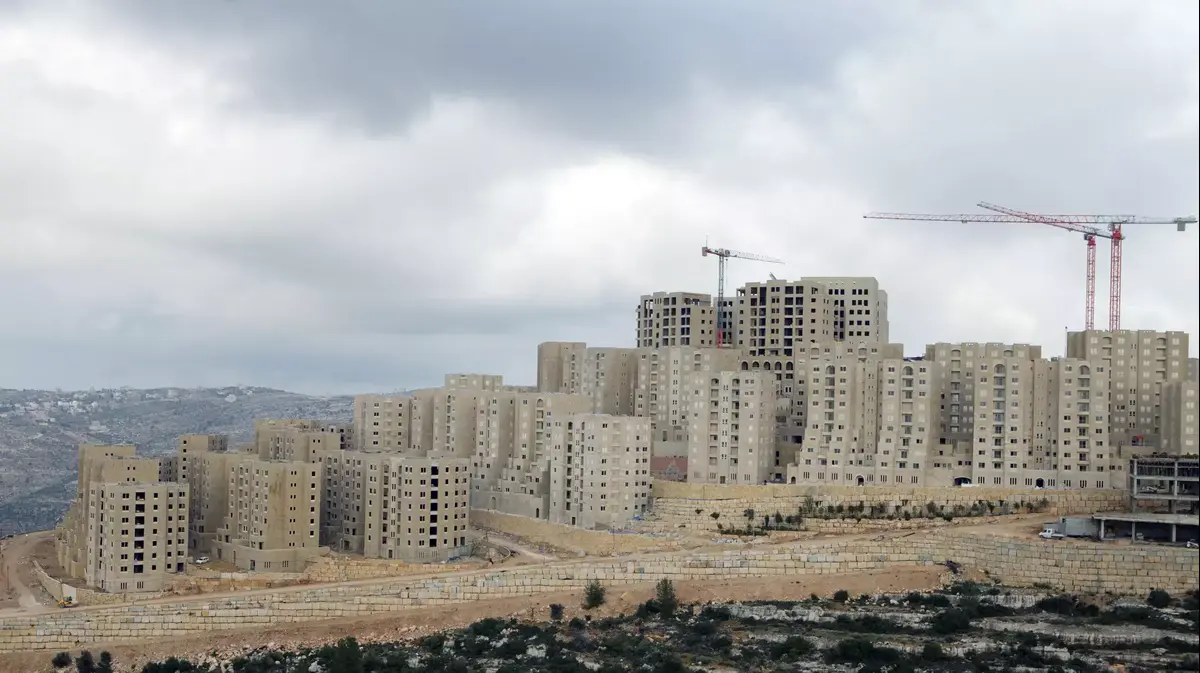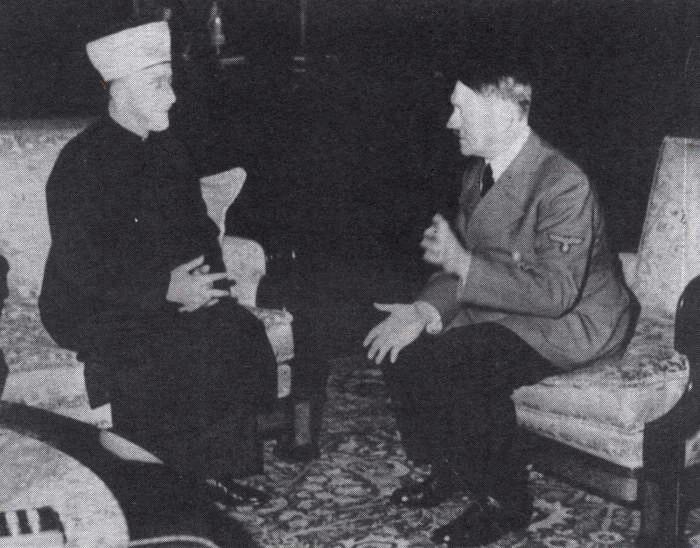An enclave of 16 dunams, on a green hill in East Jerusalem between the separation fence of Abu Dis and the eastern border of the Jebel Mukhabar neighborhood, is going to be the next explosive area in the capital.
As part of a confidential procedure, the Ministry of Justice completed the transfer of the area to the temporary ownership of the State of Israel.
Civilian investigators hired by the General Custodian obtained evidence that the land was purchased by Jews at the beginning of the last century and recently received the approval of the court for this.
Area F enclave, photo: none
The story of the incident: In 1924, rent prices in Jerusalem increased, which made it very difficult for its Jewish residents, who were then mainly from the lower middle class.
Because of this, a group called the "Neighbors Committee" was formed, whose intention was to buy land and build a new neighborhood with houses with lower housing prices.
They turned to the area of the Arab town of Abu Dis and were interested in purchasing about 400 dunams.
To this end, they established an association called "The Tenants' Association", whose chairman was Yehoshua Avizohar Singlovsky (his brother is the founder of the Ort network), and the secretary of the association was Ya'akov Yehoshua Diamond. Among the approximately two hundred members of the association who purchased was Rabbi Zvi Pesach Frank, a great judge and later the chief rabbi of Jerusalem. In 1927, they completed their purchase of 453 dunams. In 1930, the construction of the neighborhood was about to begin, but then the events of 1945 broke out and the plan to build a Jewish neighborhood on the site was canceled and never completed.
Historical justice: East Jerusalem and the Old City, photo: Dodi Vaaknin
A turning point in the history of lands
After the events, the Jewish settlement in the Land of Israel decided to abandon the construction on the territory of all the enclaves, mainly due to difficulties in protecting them, and to build only in a territorial sequence.
Due to the outbreak of the events of the "Great Arab Revolt" in April 1936 and due to the irregularities of managers in the association that were discovered, all activities of the association were completely stopped.
Of the 453 dunams purchased, the association managed to complete the legal registration of land ownership in the mandatory transaction book for only 371 dunams in Abu Dis.
The remaining 82 dunams were not registered, although their purchase procedure was completed.
After the Second World War, the land manager of the National Fund for Israel, Yosef Weitz, came to the Jewish lands in Abu Dis and wrote: "The place is beautiful, but very isolated. It is possible that in a few years it will be time to build."
Prof. Eil Davidson of Ariel University, who researched the history of the local lands, wrote in his research that "this visit heralded a turning point in the history of the Jewish lands in Abu Dis, a turning point which means the tenants' association giving up the dream of the neighborhood east of Jerusalem, after it was clarified that no one intends to settle on the same lands".
The seperation wall; the security fence
In 1948, as part of the division of the city of Jerusalem, Abu Dis remained under the control of the Jordanians.
It expanded and was also built on part of the lands of the Tenants' Association, even though they were registered as such with the "Jordanian Commissioner for Enemy Property".
After the Six Day War in 1967, the border of Jerusalem was determined in such a way that most of the Jewish lands remained on the Palestinian side.
In 2003, the separation fence was built in the area and anchored the existing situation so that only 60 dunams out of about 400 remained on the Israeli side.
The lands, which were registered with the Jordanian registrar, passed into the hands of the general custodian at the Israeli Ministry of Justice.
Over the years, the Ministry of Justice located some of the heirs of the Tenants' Association and transferred their lands to them.
These were purchased by Erving Moskovitz, and in 2004, ten Jewish families settled in the plots, through the activities of the "Etaret Kohanim" association.
Additional lands in the area
However, the largest area of land on the Israeli side, known as F, was not registered with the Jordanians as Jewish land at all and is considered an abandoned property that was not in the hands of the state and the general guardian.
The location of the area is explosive - an enclave between the separation fence of Abu Dis and the eastern border of the Jebel Mukhaber neighborhood, an area known as "Swakhara" after the Bedouin tribe found in the area.
Apparently, there are several individual Arab houses on the land.
Over the years, the general custodian assumed that the tenants' association also purchased this area, but despite attempts that began in 2005, no evidence of this was found.
In 2017, Sigal Yacovi was appointed to the position of general guardian, and is currently an economic judge in the Tel Aviv District Court.
With her appointment, she began to promote the issue.
Area F belongs to the Jews
In 2021, civilian investigators hired by Yacovi succeeded in finding evidence that Area F belonged to the Jews.
That same year, the evidence was submitted to the District Court in Jerusalem, and as part of a confidential procedure, Judge Tamar Bar-Asher accepted the claims of the Ministry of Justice, and the area was transferred to the temporary ownership of the General Custodian.
"Israel Hayom" has learned that these days the general guardian, under the direction of Benzi Figelson, is dealing with an attempt to locate the heirs of the buyers.
Feigelson ordered his people to carry out additional similar studies regarding the soils in the area.
were we wrong
We will fix it!
If you found an error in the article, we would appreciate it if you shared it with us

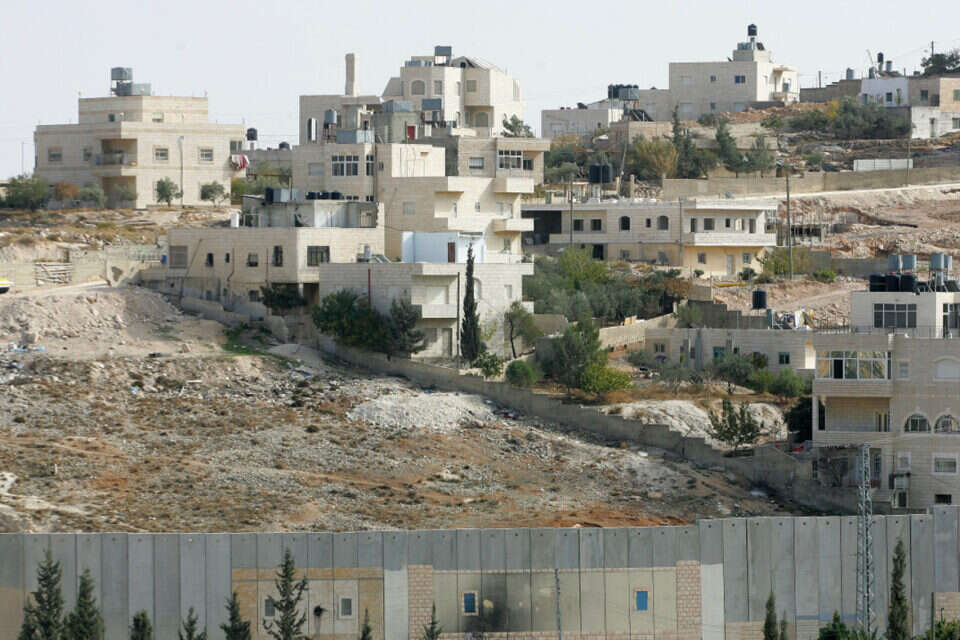


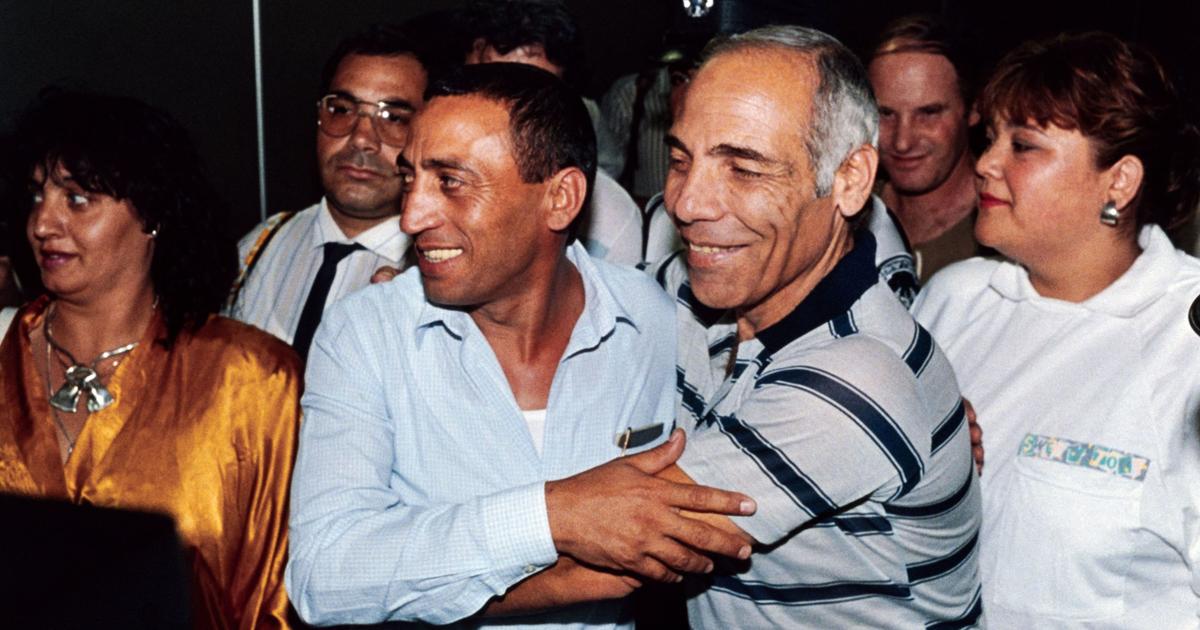
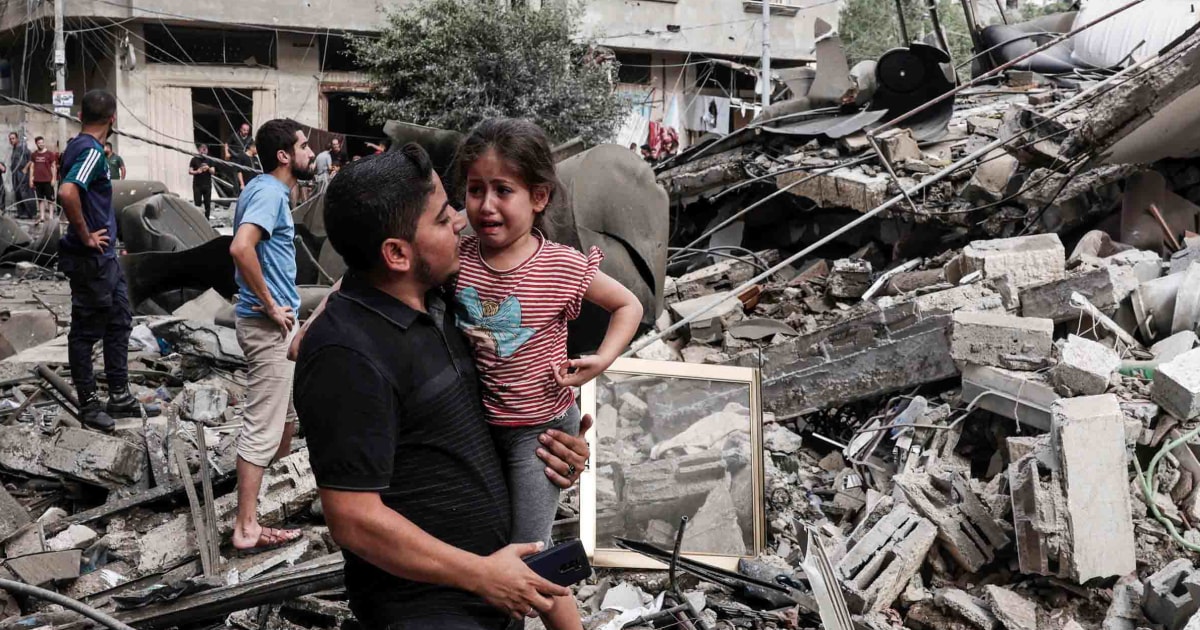
/cloudfront-eu-central-1.images.arcpublishing.com/prisa/UNETYPZTLZGJZGXEZA2R4WGRVY.jpg)

